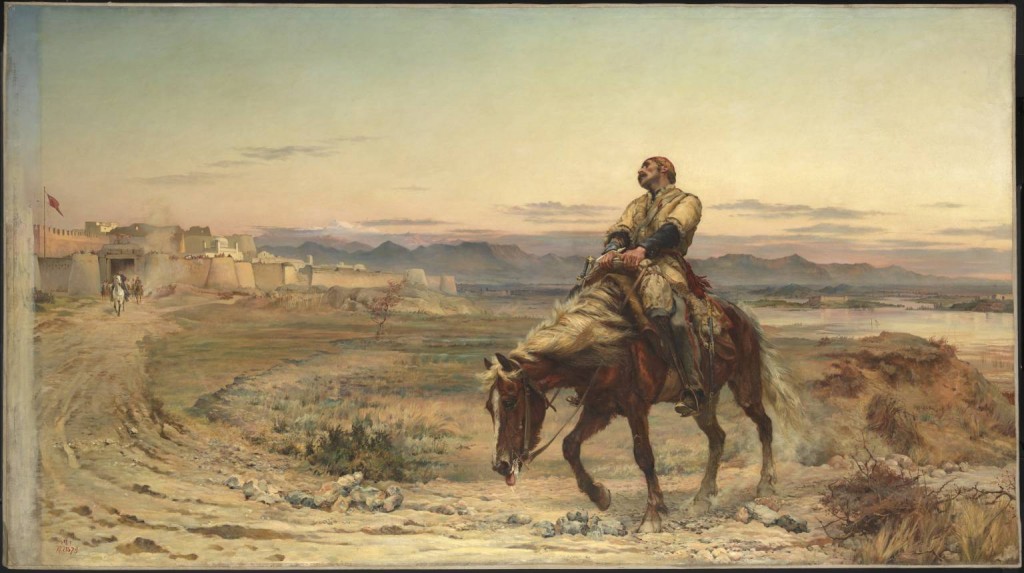Missy M’s Sin of Omission
Ambitious SNP Westminster hopeful Gillian Martin seeks to bolster her standing within the party by a peculiarly snide attack on me, in which she continually reiterates how much she likes me but…
Among the buts is this story about the Yes campaign meeting Gillian and I both addressed in Insch:
One thing that jarred very much with me as we took questions from our very mixed audience of Yesses Nos and Undecideds on that night of the panel we shared, was the way Craig responded to a genuine question from an undecided person in the audience. He effectively called her and her question ignorant. She left straight afterwards. I know this because she is a friend of mine I hadn’t seen in ages and had wanted to say hello after. But she was gone. She had been rubbished and presumably left angry and humiliated. Given a kinder response she may have stayed and may even have been persuaded to vote yes. I don’t know if she did, but no matter.
I actually recall the incident very well. The questioner asked how an independent Scotland could possibly afford all the infrastructure of central government that currently existed in London, by way of ministries etc.
I replied that Scotland was already paying for 10% of all that infrastructure in London. With that same money, we could pay for the infrastructure of central government in Edinburgh, the difference being that the net drain on the economy as our taxes left for London would be stopped, and that this money would now be spent in Scotland. Undoubtedly there would be initial start-up costs on infrastructure but these should be seen as capital spending stimulating demand in the economy, not as loss. The view that such spending was a loss was the ridiculous Thatcherite fallacy of economics.
Gillian Martin may consider that “I effectively called her and her question ignorant”, and I suppose that is one possible analysis. But I promise you the question and answer were as I just related. I had no doubt the question was asked as a unionist sneer and if my answer rubbished it, so be it.
But here is the important point. As the young lady did indeed rather ostentatiously leave the meeting after my response, I asked some of the meeting organisers what that had been about. They told me that she was very well known in the community as an active Conservative and that an immediate family member of hers held some position in the Tories.
Now Gillian Martin claims the woman was a friend of hers whom she had wanted to greet. In which case Gillian Martin must know that she was a Tory. In which case, her omission of this most relevant of facts from her account of the event is a deliberate ploy aimed at discrediting me.
I don’t think I have met Gillian Martin apart from that meeting, and she struck me as perfectly nice. But ambition does unfortunate things to people. I do hope the brownie points were worth it, Gillian.
May I offer as an antidote this conversation I had yesterday with that most thoughtful and perceptive of Scottish interviewers, Derek Bateman.
